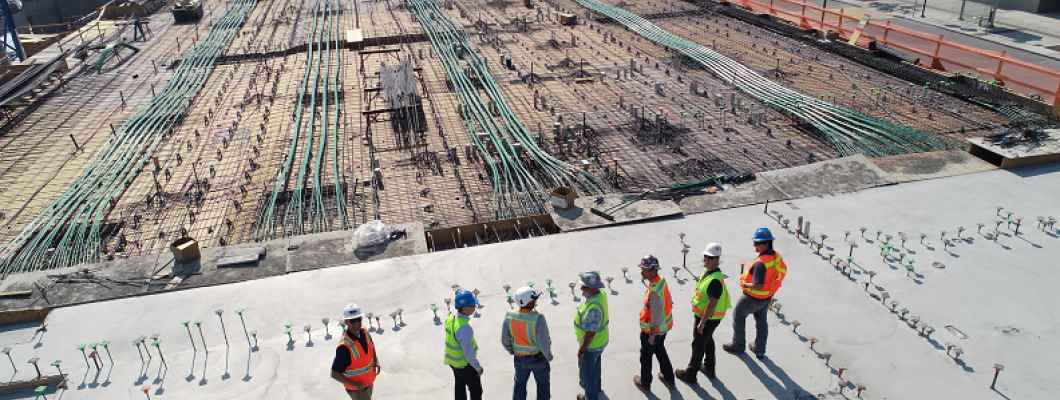
The building and construction industry has an important role to play in reducing carbon emissions, with implications for materials and processes throughout the whole lifecycle of a building or infrastructure.
As Bluebeam's Hamish Champ explains, stakeholders across the construction sector will be pulling out all the stops to tackle sustainability -- including by paying closer attention to estimates and calculations around material quantities.
This task can be made simpler and more streamlined by the digitalisation of construction project management across distributed teams using cloud and applications such as Bluebeam Revu.
For example, Bluebeam Revu can work with modern building information modelling (BIM) systems to generate efficiencies by more easily verifying quantities and checking takeoffs, as well as enabling communications, sharing and updating data across teams, among professionals working in different locations.
While renovation and reuse of buildings saves between 50%-75% of embodied carbon emissions, much can be achieved when constructing new buildings – including by designing and specifying for maximum structural efficiency and minimal waste as well as by selecting low-emission methods and materials.
Champ notes that the construction industry is increasingly being asked to address not only the operational carbon of a building – what it emits throughout its use – but the embodied carbon in buildings. In other words, attention must be paid to the greenhouse gases emitted by all the activities that contributed to the construction of the buildings or infrastructure.
According to the UK's Institution of Structural Engineers (ISE), embodied carbon is measured by multiplying the quantity of each material or product by a carbon factor, normally measured in estimated kg of CO2 per kg of material.
“Material quantities can be calculated differently, depending on the stage of design and the tools available to the engineer,” says Champ. “Those looking to do such calculations need to be familiar with lifecycle stages in accordance with two standards: BS EN 15978 (2011) and BS EN 15804 (2019), which are used to define the amount of carbon released at the different stages of a material or product's life.”
The ISE says embodied carbon calculations should be done in the early design stages -- allowing changes to be made in a timely manner.
Why construction firms should act today
An increased focus on specifying and managing material quantities across construction projects can reduce costs and unnecessary spend as well as carbon emissions.
Operational carbon emissions -- from energy consumed by a functioning office or home -- comprise around 28% of carbon emissions from the built environment, with another 11% from embodied carbon, suggests Bluebeam's Champ.
Champ says
that by 2030, the World Green Building Council (WGBC) wants all
new buildings, infrastructure and renovations to have at least 40%
less embodied carbon with significant upfront carbon reduction, and
all new buildings must be net zero operational carbon.
By 2050 new buildings, infrastructure and renovations [should] have net zero embodied carbon, with all buildings, including existing buildings, reaching net zero in operational carbon terms by then, he says.
Contact the QBS team to learn how Bluebeam can enhance sustainability across distributed, carbon-intensive projects.
( Photo by Scott Blake on Unsplash )
